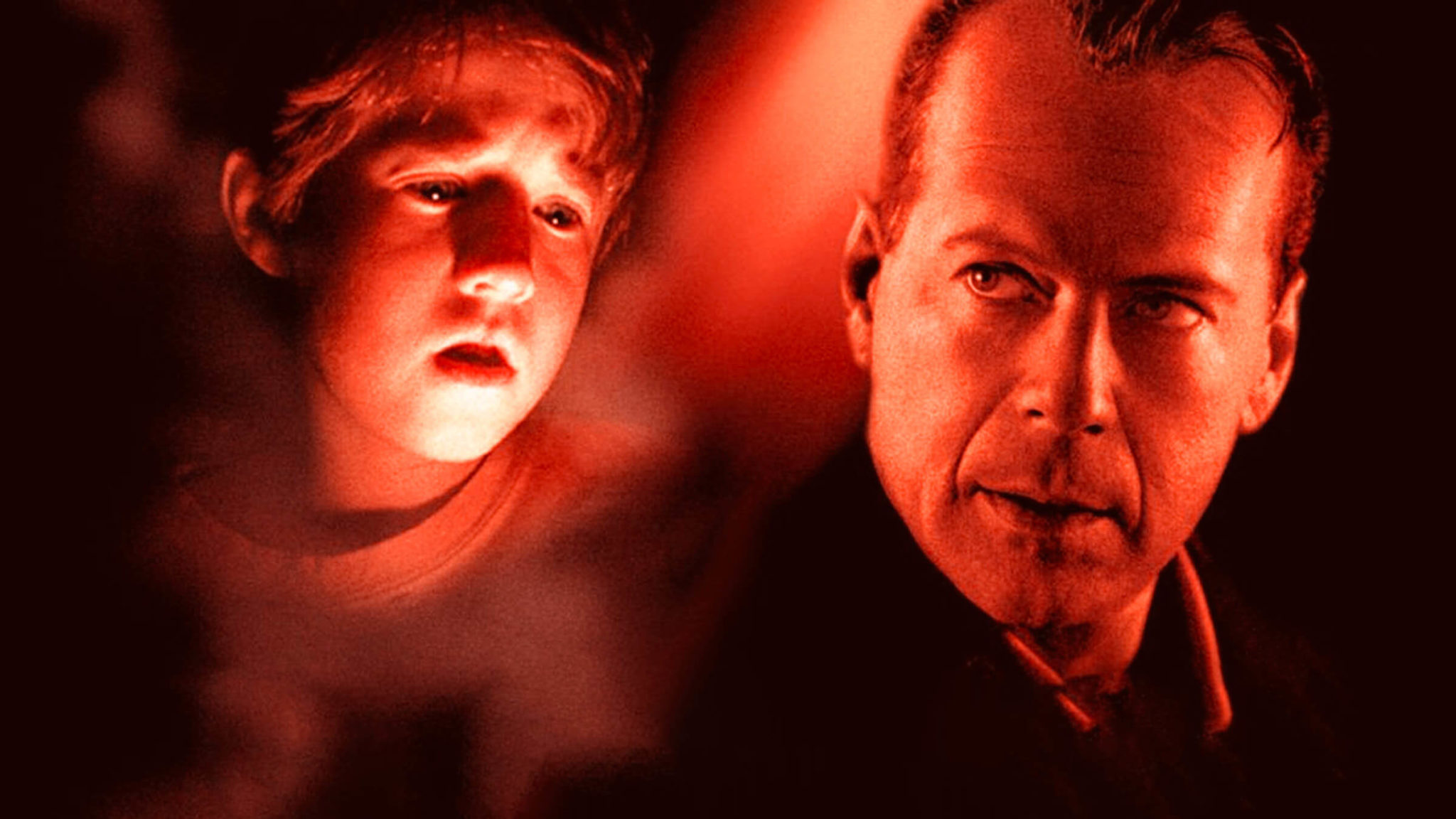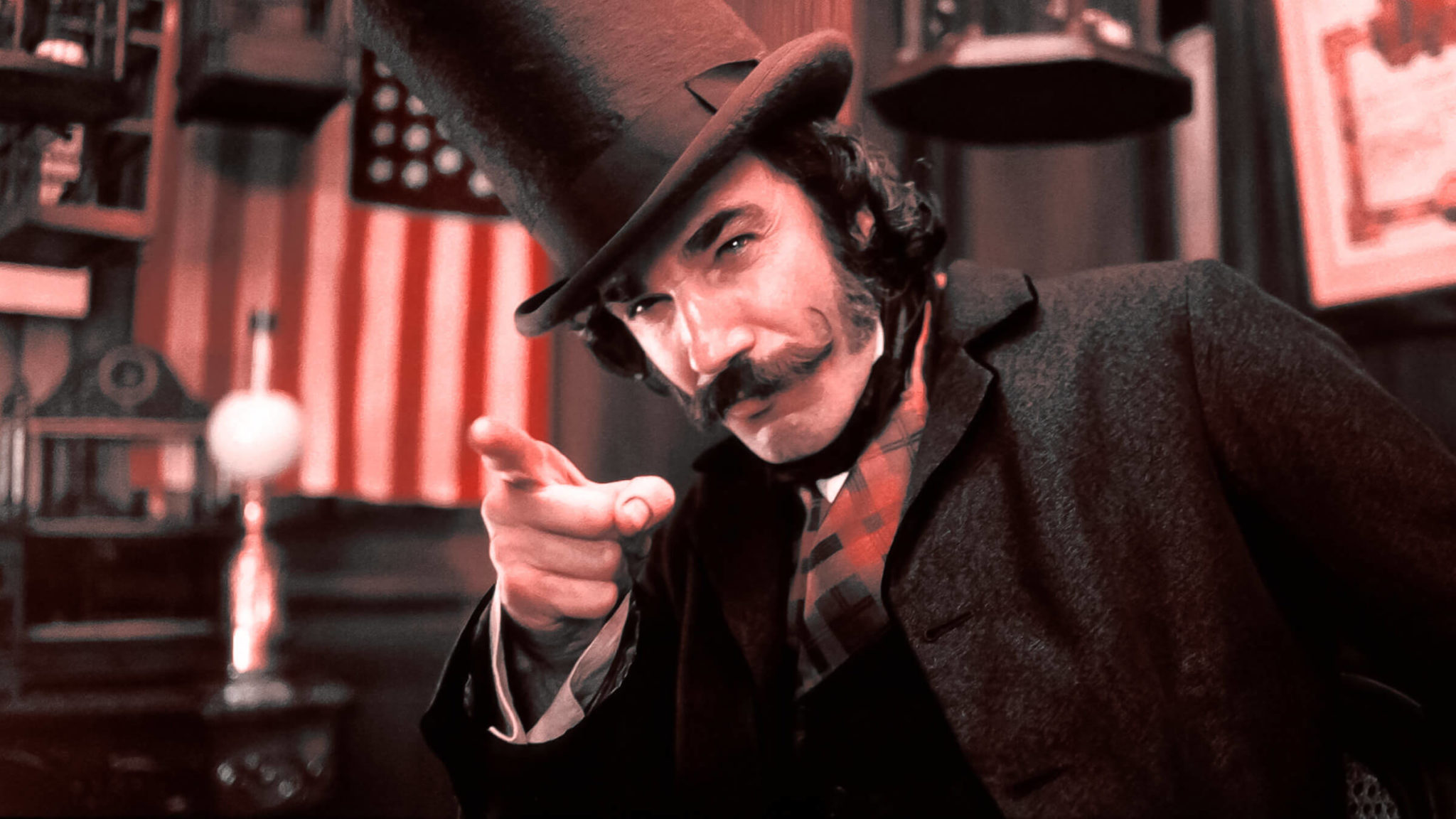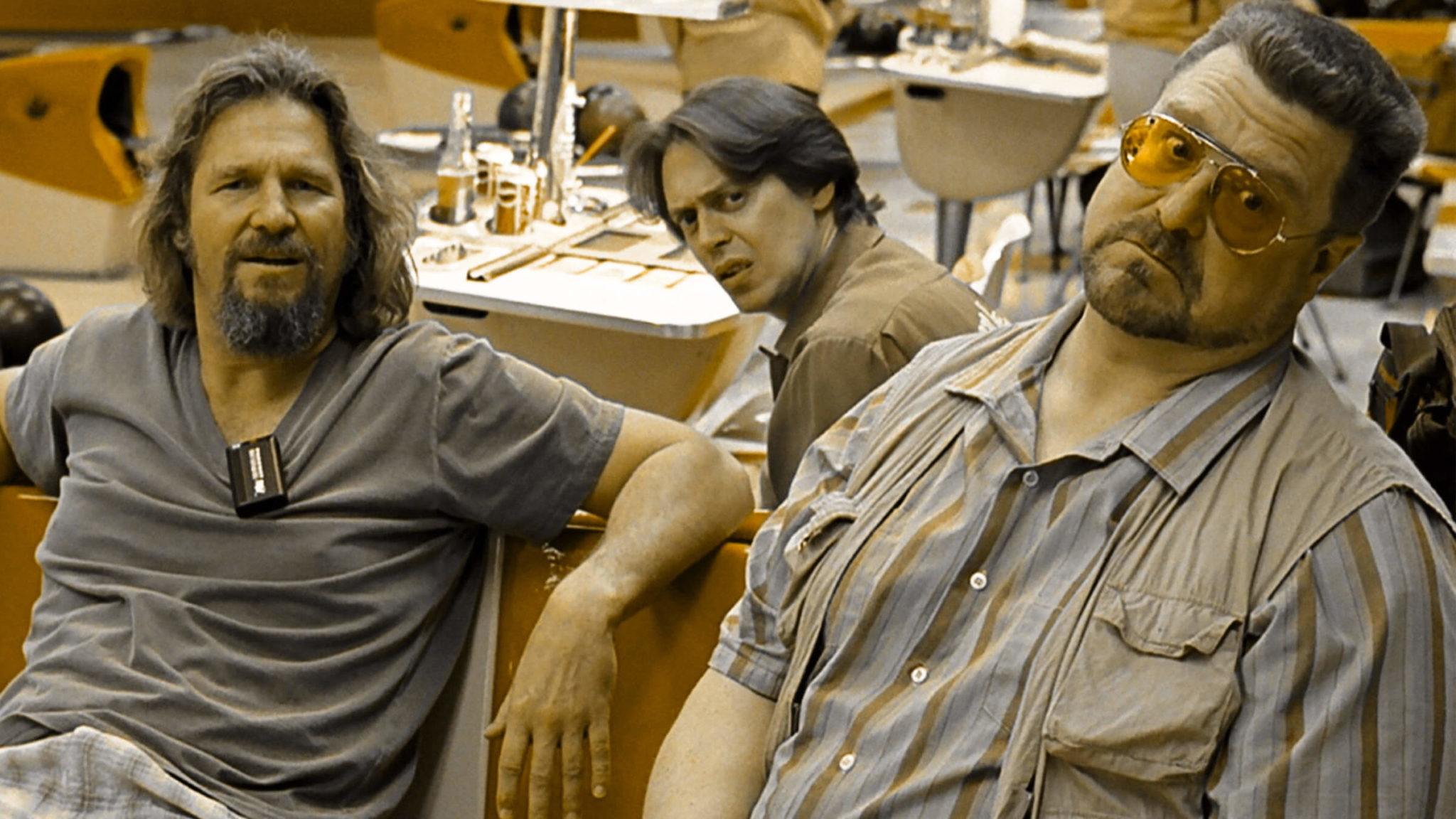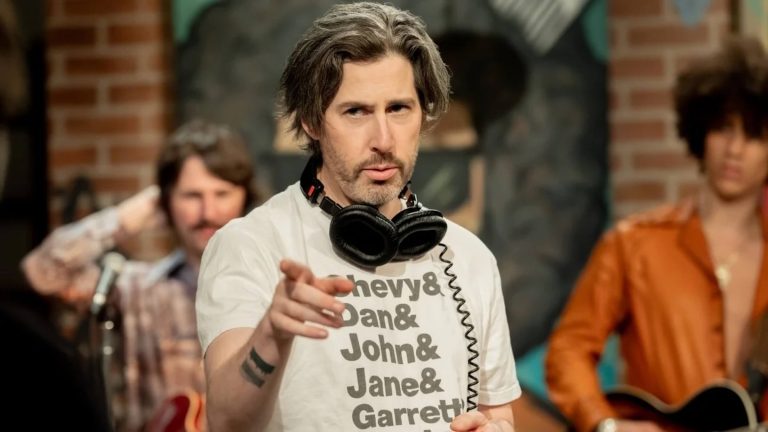
Every screenwriter has come across the directive that having white space within your screenplay is a must — but why is that? How can the nothingness of white space improve your screenplays?
Phrases like "less is more" and "saying a lot with a little" are all fine and dandy, but most screenwriters may not understand the reasons behind such philosophies in writing.
It's not about readers being lazy. It's not about cutting down your page count. It's not about leaving room for the director, cinematographer, and editor. There are psychological and scientific reasons behind the notion that having a lot of white space within your screenplays is important.
So let's tackle the whys and hows of this seemingly repetitive directive so that you can get an understanding of why and how white space is so vital in screenwriting.
The Role of the Screenwriter

There is a vast difference between a novel and a screenplay.
Novels are written in a way to embrace prose that communicates specific and detailed imagery — accompanied by equally specific character and situational insight — in order to allow the reader to fully experience the inner dwellings of the environment, the setting, the character, the situation, and the overall context of what the author is trying to communicate as a narrative story. In essence, the author is taking on the multiple jobs of communicating sight, sound, taste, emotions, as well as the psychological insight in the context of characters and their inner feelings and backgrounds.
Screenplays are written in a way to present quick and easy-to-visualize imagery, actions, and reactions, accompanied by dialogue that helps to move all of those elements forward. A screenwriter focuses less on the details and more on communicating environments, settings, characters, and situations in lightning-fast speed so that the reader can visually interpret that information within their own mind's eye as quickly as possible. Those readers are not interested in the minute details because the screenplay is simply the blueprint for a large number of collaborators to bring that picture and those sounds to the screen. Readers need to determine whether or not what they are reading is a movie.
An author writing a novel takes on all of those jobs and responsibilities that would normally fall on directors, cinematographers, production designers, special effects supervisors, sound designers, etc. It is their job to paint the picture in the finest detail for their readers.
A screenwriter writing a screenplay merely introduces the visual broad strokes and lets the reader — and eventual collaborators — do the rest of the work in their own mind's eyes and during eventual pre-production, production, and post production.
In order for a screenwriter to accomplish that, they have to focus on the aesthetics of the screenplay. And the way those aesthetics are implemented within the screenplay will dictate how well the reader is able to see that film in their head.
Screenplay Aesthetics and Why White Space Matters
The concept behind white space is not just embraced by the art and craft of screenwriting — it's actually a vital component in advertising design as well.
Cluttered advertisement designs confuse the consumer's mind as there is too much information to take in, forcing the consumer to disengage and move on to the next billboard, poster, pamphlet, print advertisement, or online image.
The same psychological disengagement happens when a script reader — intern, assistant, development executive, producer, manager, agent, crew member, director, or actor — reads a screenplay that is overly cluttered with blocks and blocks of scene description.
White space unclutters a page. It allows breathing room for the reader to intake and interpret the information for any specific image that is necessary to visualize. It offers each and every page the ability to communicate that necessary information easily, requiring less effort on the reader's part to understand and process.
Every time white space is used, the reader is seeing when and where the screenwriter is emphasizing important elements, leading their eyes to the focal areas within the script. That's why every line of scene description counts. It has to be important. And white space showcases a shift from one visual to the next. Each white space shift communicates forward motion to the brain, which in turn comprehends the importance of each visual being presented.
White space gives the reader comfort. It helps us to better understand and interpret the visuals and gives us a sense of visual hierarchy and structure. Without it, ideas, concepts, and visuals — all of which encompass important story elements — merge and it is difficult to see what was important, vital, and necessary to focus on and visualize.
Picture that necessary and vital visual lost amongst crowded words of description and detail — like a pivotal needle lost within a haystack. Do you want that person reading your script to miss out on those necessary elements? No.
Embracing "Less Is More" to Create That White Space

Hopefully, you now have a better understanding of the less is more mantra. When there is less ink within your scene description, there is more easily communicated information for the reader to grab hold of quickly.
What a script reader needs and wants is to be able to see that cinematic story unfold within their own mind’s eye as quickly as possible. From a reader’s perspective, there’s nothing worse than reading an overly descriptive, overly articulate, and overly wordy description. It kills the read. It halts any momentum of the story because the reader is spending more time on having to process dense scene description when they should be allowed to move onto the continued story progression.
In order to embrace this practice, you need to master the art of compressed imagery.
Any good writer can write a whole page describing a room. You can be articulate by describing the sights, the sounds, the atmosphere, and then wax poetic about each and every one of those details.
There's no room in a screenplay for that. If you delete those elements from your scene description, you'll be well on your way to mastering compressed imagery writing.
Here's a clear example.

It's actually not that bad. Two sentences for the first scene description paragraph, some white space, and then one longer sentence of scene description. But take a look at this next version of the same scene.

Same scene, same imagery, more effective delivery from a compressed imagery standpoint.
If you read the first example, the necessary visuals are buried beneath poetic or literary prose. All that we need the read to communicate is that the prison cell block is dark, wet, and full of shadows. The second example accomplishes that in eight words of scene description, as opposed to sixty-three words used in the first example.
Now, you look at those two examples and likely your first reaction is, "Okay, but that really only saved a small portion of space within the script." But if you handle each and every line of scene description this way throughout your whole screenplay, you're not only saving many, many pages, but you're also creating a screenplay that is visually pleasing to the reader's eye and offering a much more cinematic read that their brain can more easily process from description to their mind's eye.
We don't need the phrase black void. We already know that it's dark and has shadows.
We don't need to read about dripping water, condensation, and muddy puddles. We just need to know that it's wet.
We don't need to read poetic prose about moonbeams and rusty bars keeping prisoners from their dreams of prison. This isn't a novel and it's certainly not a Robert Frost poem.
The true great screenwriter can set the mood and atmosphere with one sentence accompanied by a fragment or two. And that kind of screenwriter is doing a great service to the eventual reader by giving them the broad strokes as opposed to the details.
Take this...

And turn it into this...

That's how you embrace less is more to create white space.
The Secret Art of Mastering Screenwriting Rhythm

When you've read as many screenplays as a studio script reader has (yours truly), you begin to train your eyes to be able to spot the scripts that have a great rhythm to them. And there is rhythm to a great script. And that rhythm is set with the amount of white space within the screenplay and how it is utilized. And when you have an understanding of that rhythm — what it is, what it does, and how to do it — your scripts will stand out amongst the best of the best because they will become what every script reader desires... a good read.
And here's a secret — a good read can often overshadow a somewhat familiar concept, as well as story and character issues the reader may pay more attention to if the script isn't a good read.
So let's learn a little bit about screenwriting rhythm. It's actually quite simple.
You have to first think of it this way — each block of scene description is a visual you are trying to convey. And you need to convey it as quickly as possible for the reader to be able to see it through their mind’s eye. You accomplish with the less is more mantra we detailed above.
As you're writing, you need to interpret each block of scene description as a visual that you are throwing at them:
This is what I want you to see.
Now you see this.
Now this happens.
There’s a beat to it, isn't there? When you have long paragraphs of scene description, the reader’s brain registers it differently despite it saying the same thing. Even when we put those three short sentences into one block of description, the rhythm changes.
This is what I want you to see. Now you see this. Now this happens.
Same information, but when muddled together, it reads differently. But when white space is utilized to differentiate each image that you're throwing at them — as is the case in the first example — you find feel a rhythm that flows.
Now let's take it a step further in the direction of the musical context, beat-wise. That first example where those three lines are separated creates a rhythm.
Boom Bada.
Boom Bada.
Boom.
There’s a beat to it. But when you combine those beats by taking away that white space — that pause — you get a vastly different rhythmic experience.
Boombadaboombadaboom.
You see the difference? Your mind just read that second example as more of a garbled sentence than a series of flowing beats. Your mind was forced to slow down, if not for a brief moment, to make sure that it was processing the letters correctly.
Keep in mind that these are simple fragments. When you apply this lesson to actual script pages and the scene descriptions within, you'll quickly see how important white space really is. It creates that screenwriting rhythm that gives a script that "good read" feel to it.
So, in short, use white space to make your scripts have a beat to them. Something a script reader can tap their feet to.
White Space Tricks of the Trade
So you've learned the psychological and scientific reasons behind how and why white space betters your script. But what are some other ways to utilize white space?
Hollywood screenwriter John August talked about white space on his podcast and offered a technique that he uses in his own writing.
Augusts explains, "...in general you want some sense of space on the page. And you want more sense of space on the page when you’re really zooming in on something. Sometimes I’ll even do the thing where here’s an action line. The next action line right below it is shorter. Then shorter. Then shorter. Then shorter. It gets down to a single word.
He goes on to explain, "That’s a technique. You’re literally funneling down to an idea. That can work. Don’t do that twice in a script. Do it once. But if it’s appropriate, do it. And just, again, remember that the screenplay is meant to evoke the feeling of watching the movie. So think about what the movie is going to feel like. How can you achieve the same ends on the page?"
So as August says, the purpose of using white space is to evoke the feeling of watching a movie. When you embrace the less is more mantra — which creates white space — and then use additional white space to convey and single out those important visuals, you're writing a very cinematic script that is easy to visualize.
And here's one last trick. When you do have longer paragraphs of scene description that for whatever reason can't be whittled down, use white space to separate those long blocks. Space out that eight-sentence long paragraph into two different two sentence blocks followed by one last sentence or fragment of scene description that those previous blocks lead to, like John August suggested.
That said, using white space only to break up your long description blocks of ink isn't foolproof. If you don't do the work mentioned above, you'll just have an overwritten script that is 15 pages longer because of spacing.
You need to understand the aesthetics of the screenplay and why white space matters within it.
You need to utilize the less is more mantra to create as much white space as possible.
And you need to master the art of screenwriting rhythm using those elements in order to create scripts that become those coveted "good reads" in the eyes of the script reader.
White space is important. White space is necessary. And hopefully, now you know why — and how — to implement it for better screenplays.
Read ScreenCraft's That All-Important “White Space”!
Ken Miyamoto has worked in the film industry for nearly two decades, most notably as a studio liaison for Sony Studios and then as a script reader and story analyst for Sony Pictures.
He has many studio meetings under his belt as a produced screenwriter, meeting with the likes of Sony, Dreamworks, Universal, Disney, Warner Brothers, as well as many production and management companies. He has had a previous development deal with Lionsgate, as well as multiple writing assignments, including the produced miniseries Blackout, starring Anne Heche, Sean Patrick Flanery, Billy Zane, James Brolin, Haylie Duff, Brian Bloom, Eric La Salle, and Bruce Boxleitner. Follow Ken on Twitter @KenMovies
For all the latest ScreenCraft news and updates, follow us on Twitter, Facebook, and Instagram.
Tags
Get Our Screenwriting Newsletter!
Get weekly writing inspiration delivered to your inbox - including industry news, popular articles, and more!



























